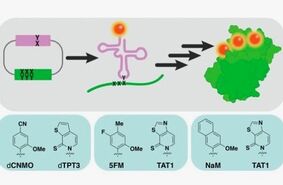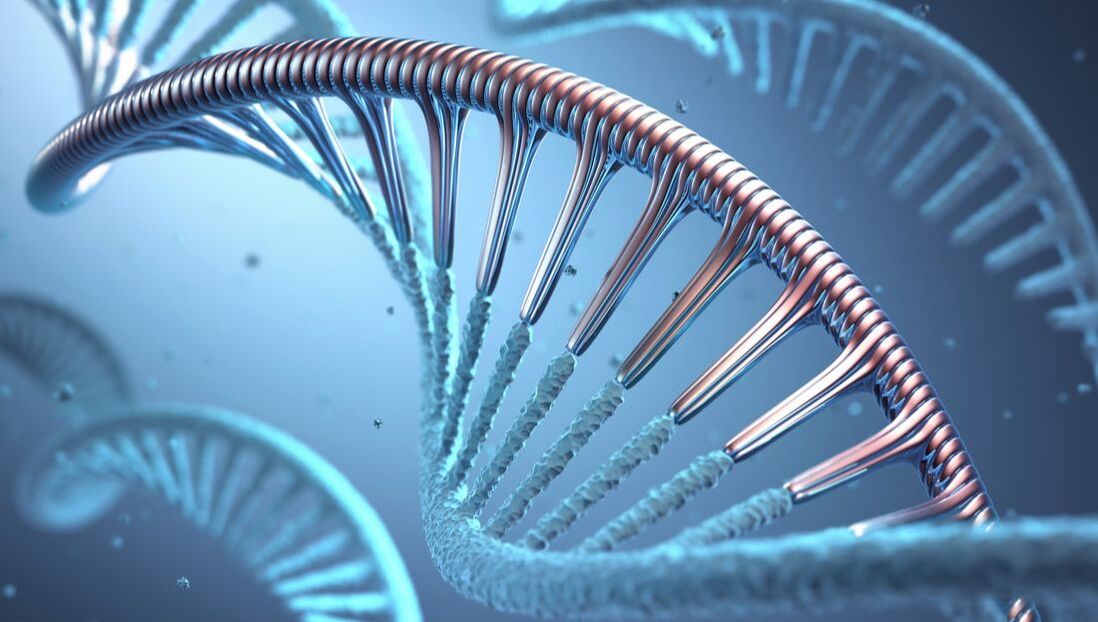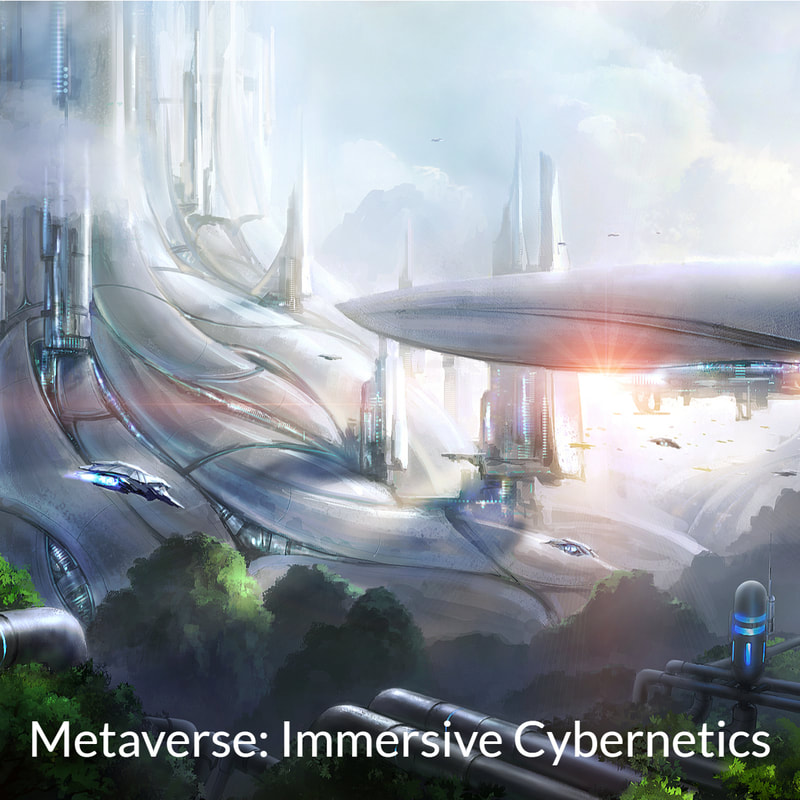|
by Alex Vikoulov [Posted July, 22, 2019 11.15 am PST] A semi-synthetic organism was created and proved to be stable in the lab in La Jolla, California Researchers have extended their efforts to create and optimize a semi-synthetic organism (SSO) using analogues to DNA and RNA. Previously, the team of scientists, led by Aaron W. Feldman of The Scripps Research Institute, La Jolla, California, reported the creation of a SSO that had maintained an ‘unnatural’ base pair (UBP) in its DNA. Efficiently transcribing synthetic messenger RNAs, the organism was able to produce proteins that contained ‘noncanonical’ amino acids, or amino acids outside the list of natural proteins produced by biological life.  In the new study, the researchers explored different analogues to the base pairs usually found in DNA and RNA (deoxy- and ribo- nucleotides). They found that a variety of nucleotides, which have no structural or functional similarity to natural nucleotides, can be incorporated into the cells during replication, to include each step of the entire process of information storage and retrieval. Additionally, they have identified what they believe to be the optimal unnatural base pairs for creating the target SSO. The newly-optimized SSO is capable of producing proteins that contain multiple, proximal noncanonical amino acids. "[R]emarkably, we found that a wide variety of unnatural ribonucleotides can be efficiently transcribed into RNA and then productively and selectively paired at the ribosome to mediate the synthesis of proteins with ncAAs," write the authors in their paper. The study, “Optimization of Replication, Transcription, and Translation in a Semi-Synthetic Organism,” was published in the Journal of the American Chemical Society (JACS). The research is supported by NASA Astrobiology through the Exobiology Program. -Alex Vikoulov
READ MORE: Information Storage and Retrieval in a Semi-Synthetic Organism [NASA, Astrobiology] Keywords: NASA, synthetic life, astrobiology, exobiology, semi-synthetic organism, SSO, DNA, RNA, Aaron W. Feldman, Scripps Research Institute, UBP, noncanonical amino acids, biological life, nucleotides, information storage, Journal of the American Chemical Society, JACS Image Credits: Shutterstock, The Scripps Research Institute Follow us ↴
0 Comments
Leave a Reply. |
Disclaimere_News™ delivers the most urgent News of the Day that we find relevant to the main theme of EcstadelicNET such as a new, cutting-edge scientific research, technological breakthroughs and emerging trends. Some material may be fully or partially from outside sources. The Top Stories section, on the other hand, contains only original content written by affiliated authors. Take me to Top Stories. Categories
All
The Cybernetic Theory of Mind by Alex M. Vikoulov (2022): eBook Series
The Syntellect Hypothesis: Five Paradigms of the Mind's Evolution by Alex M. Vikoulov (2020): eBook Paperback Hardcover Audiobook The Omega Singularity: Universal Mind & The Fractal Multiverse by Alex M. Vikoulov (2022): eBook THEOGENESIS: Transdimensional Propagation & Universal Expansion by Alex M. Vikoulov (2021): eBook The Cybernetic Singularity: The Syntellect Emergence by Alex M. Vikoulov (2021): eBook TECHNOCULTURE: The Rise of Man by Alex M. Vikoulov (2020) eBook NOOGENESIS: Computational Biology by Alex M. Vikoulov (2020): eBook The Ouroboros Code: Reality's Digital Alchemy Self-Simulation Bridging Science and Spirituality by Antonin Tuynman (2019) eBook Paperback The Science and Philosophy of Information by Alex M. Vikoulov (2019): eBook Series Theology of Digital Physics: Phenomenal Consciousness, The Cosmic Self & The Pantheistic Interpretation of Our Holographic Reality by Alex M. Vikoulov (2019) eBook The Intelligence Supernova: Essays on Cybernetic Transhumanism, The Simulation Singularity & The Syntellect Emergence by Alex M. Vikoulov (2019) eBook The Physics of Time: D-Theory of Time & Temporal Mechanics by Alex M. Vikoulov (2019): eBook The Origins of Us: Evolutionary Emergence and The Omega Point Cosmology by Alex M. Vikoulov (2019): eBook More Than An Algorithm: Exploring the gap between natural evolution and digitally computed artificial intelligence by Antonin Tuynman (2019): eBook Editor-in-ChiefAlex M. Vikoulov is a futurist, evolutionary cyberneticist and philosopher, editor-in-chief at Ecstadelic Media Group, filmmaker, essayist, author of many books, including the 2019-2020 best-seller "The Syntellect Hypothesis: Five Paradigms of the Mind's Evolution." Our Public Forums
Our Custom GPTs
Alex Vikoulov AGI (Premium*)
Be Part of Our Network! *Subscribe to Premium Access Make a Donation Syndicate Content Write a Paid Review Submit Your Article Submit Your Press Release Submit Your e-News Contact Us
|
















